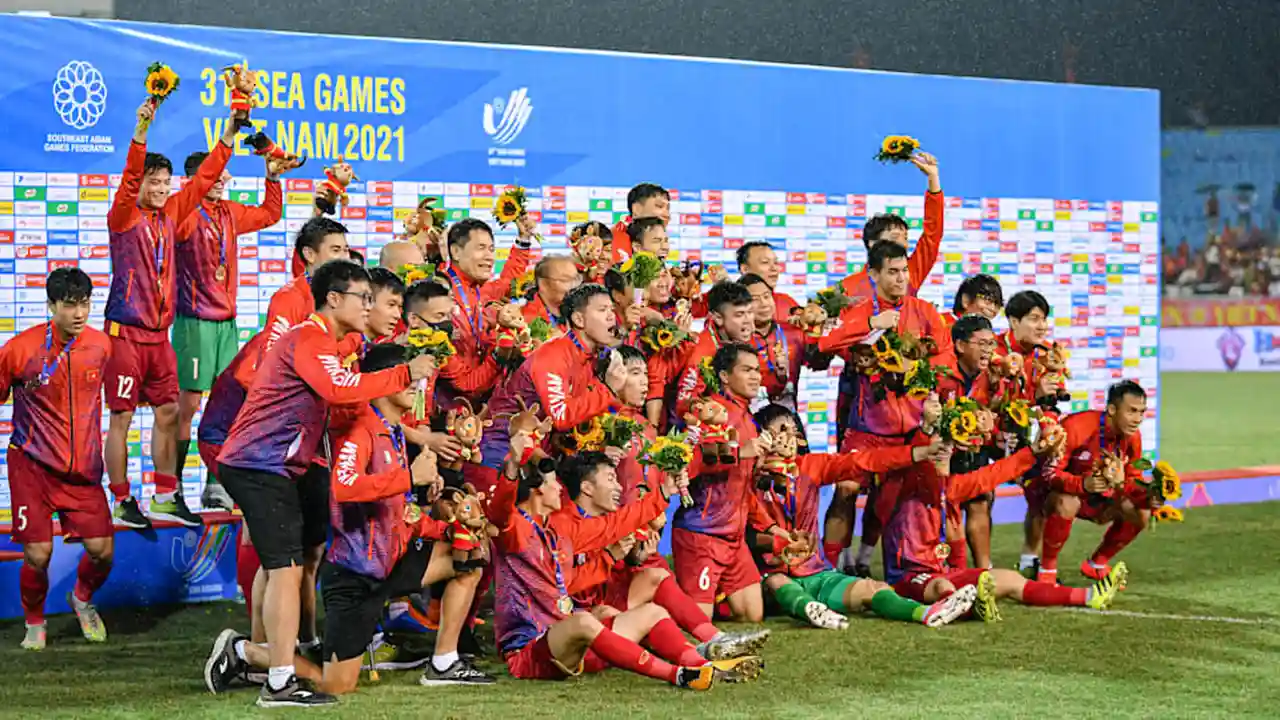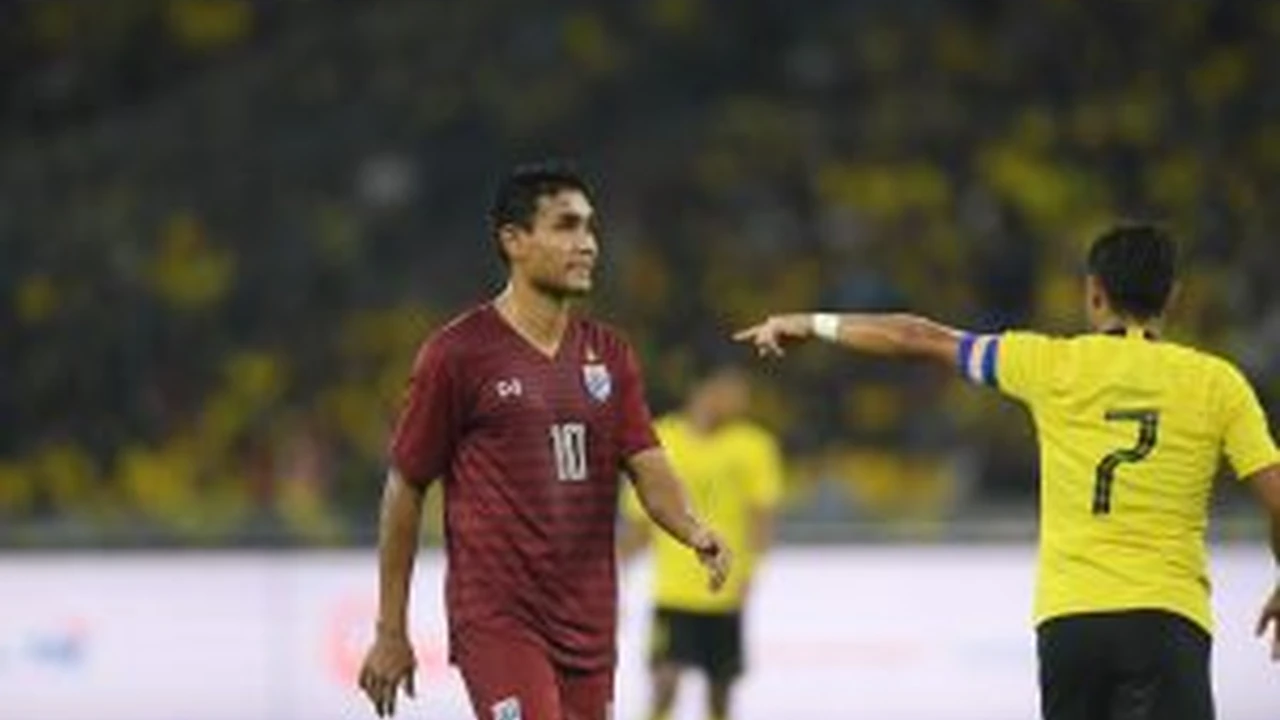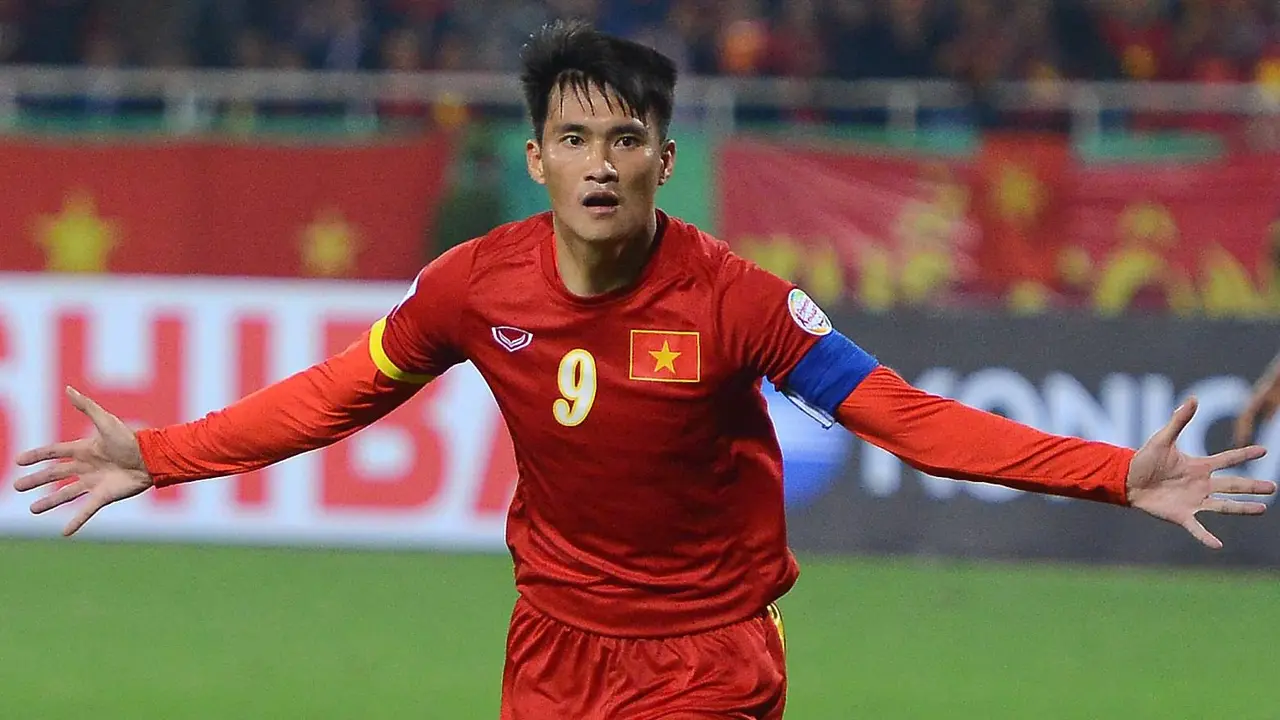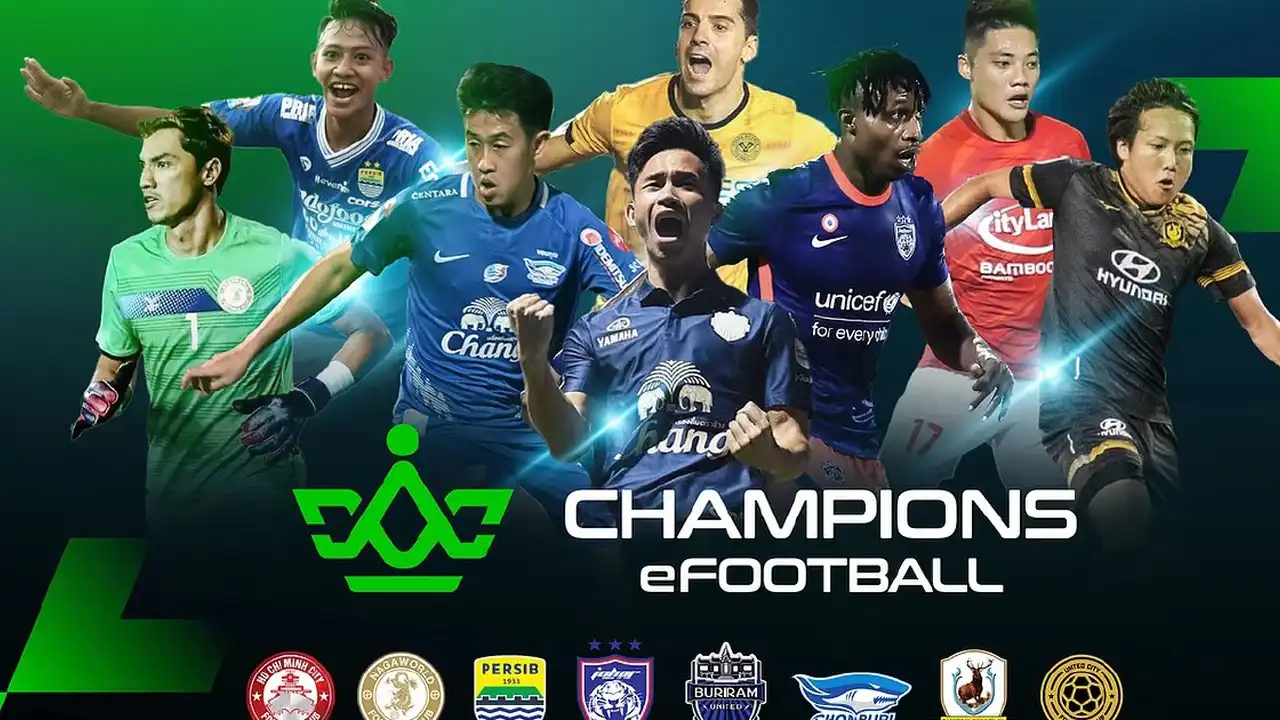Southeast Asian Soccer: Building a Sustainable Future
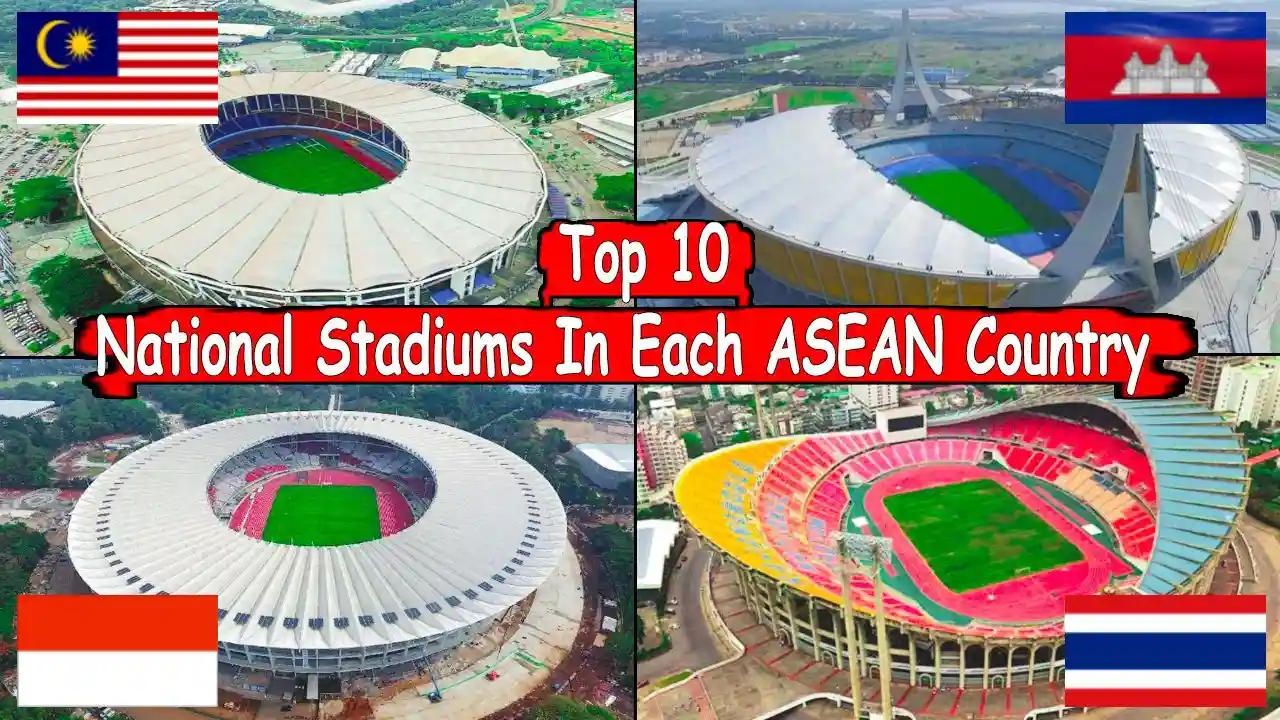
The Passion and Potential of Southeast Asian Soccer
Okay, let's talk Southeast Asian soccer. It's a region bubbling with passion, right? You see the fans, the energy in the stadiums – it's electric! But passion alone doesn't build a sustainable future. We need more. We need investment, infrastructure, and a solid development pathway for young players. This isn't just about winning the occasional game; it's about creating a system that consistently produces top-tier talent. Think about the potential – millions of fans, a massive pool of young players – it's a goldmine waiting to be tapped. But how do we get there? That's what we're going to dig into.
Youth Development Programs Key to Southeast Asian Soccer Success
One of the biggest challenges is youth development. We need to find and nurture talent from a young age. This means investing in academies, providing quality coaching, and creating opportunities for young players to compete at a high level. Think about it – if you start training a kid at 8 or 9, giving them the right skills and knowledge, by the time they're 18 or 19, they're ready to make a real impact. And it's not just about technical skills; it's about tactical awareness, physical conditioning, and mental toughness. These are all crucial elements for success at the highest level. We need to learn from successful models around the world and adapt them to the specific needs of Southeast Asia. This includes creating clear pathways for young players to progress from youth teams to professional clubs and, ultimately, to the national team.
Infrastructure Investment Driving Southeast Asian Soccer Growth
Let's be real, good facilities are essential. You can't expect players to develop properly if they're training on bumpy pitches with inadequate equipment. We're talking about modern training grounds, well-maintained pitches, and top-notch gyms. This isn't just a luxury; it's a necessity. It also means investing in stadiums that can attract fans and create a vibrant atmosphere. Think about the impact a world-class stadium can have on a city – it becomes a symbol of pride and a hub for the community. And it's not just about building new facilities; it's about maintaining and upgrading existing ones. This requires a long-term commitment and a clear plan for sustainable development. Imagine the boost to morale and performance if players had access to the best possible training environment.
Coaching Education Elevating Southeast Asian Soccer Standards
You can have all the facilities in the world, but if you don't have good coaches, it's all for nothing. We need to invest in coaching education, providing coaches with the knowledge and skills they need to develop young players effectively. This means offering coaching courses, providing mentorship opportunities, and bringing in experienced coaches from around the world to share their expertise. It's not just about teaching coaches how to run drills; it's about teaching them how to develop players holistically – technically, tactically, physically, and mentally. And it's about creating a culture of continuous learning, where coaches are constantly striving to improve their skills and knowledge. A good coach can make all the difference in a player's development, so this is a crucial area for investment.
League Development Professionalizing Southeast Asian Soccer
Strong domestic leagues are the backbone of any successful soccer nation. We need to strengthen our leagues, making them more professional, more competitive, and more attractive to fans. This means attracting sponsors, improving marketing, and creating a more engaging matchday experience. It also means ensuring that clubs are financially stable and well-managed. A strong league provides a platform for young players to develop and showcase their talent. It also creates a sense of national pride and helps to build a strong soccer culture. Think about the English Premier League, La Liga, or Serie A – these leagues are not just about soccer; they're about entertainment, culture, and national identity. We need to create leagues that can compete with the best in the world.
Fan Engagement Creating a Vibrant Southeast Asian Soccer Culture
Soccer is nothing without the fans. We need to engage with fans, creating a vibrant soccer culture that supports the growth of the game. This means making matches more accessible, providing affordable tickets, and creating a more family-friendly atmosphere. It also means using social media and other platforms to connect with fans and build a sense of community. Fan engagement is crucial for creating a sustainable soccer ecosystem. When fans are passionate about the game, they're more likely to attend matches, buy merchandise, and support the national team. And that support translates into more revenue, which can be reinvested in the development of the game. Let's get those stadiums packed and the atmosphere roaring!
Governance and Transparency Ensuring Fair Play in Southeast Asian Soccer
Good governance and transparency are essential for building trust and ensuring fair play. We need to have strong leadership, clear rules, and effective enforcement mechanisms. This means cracking down on corruption, promoting ethical behavior, and ensuring that all stakeholders are held accountable. Transparency is key to building trust with fans, sponsors, and other stakeholders. When people know that the game is being run fairly, they're more likely to support it. And good governance creates a level playing field, allowing all teams and players to compete on merit. This is crucial for the long-term sustainability of the game.
Strategic Partnerships Fostering Southeast Asian Soccer Growth
We can't do it alone. We need to forge strategic partnerships with other countries, organizations, and businesses to support the growth of soccer in Southeast Asia. This means collaborating with more developed soccer nations to share expertise and best practices. It also means attracting investment from businesses and organizations that are committed to the development of the game. Strategic partnerships can provide access to resources, knowledge, and networks that can help to accelerate the growth of soccer in the region. Think about partnerships with European clubs, Asian federations, or global brands – these collaborations can be game-changers.
The Role of Technology Enhancing Southeast Asian Soccer Performance
Technology is transforming the world of soccer, and Southeast Asia needs to embrace it. We need to use technology to improve coaching, player development, and fan engagement. This means using data analytics to track player performance, using video analysis to improve tactical awareness, and using wearable technology to monitor player fitness. Technology can also be used to enhance the fan experience, providing real-time stats, interactive content, and personalized experiences. By embracing technology, Southeast Asia can level the playing field and compete with the best in the world. Imagine using AI to identify promising young players or using virtual reality to train players in a realistic environment.
Gear Up for Glory: Product Recommendations for Southeast Asian Soccer
Alright, let's talk gear! Having the right equipment can make a real difference, whether you're a seasoned pro or just starting out. Here are a few recommendations, covering everything from boots to training aids:
Soccer Boots: Finding the Perfect Fit for Southeast Asian Conditions
Choosing the right soccer boots is crucial for performance and comfort. In Southeast Asia, you need to consider the climate – often hot and humid – and the playing surfaces, which can range from well-maintained grass to hard, uneven ground. Here are a few options:
Adidas Predator Accuracy.1 FG: (Price: $250-$300) These boots are designed for precision and control. The HybridTouch upper provides a comfortable and supportive fit, while the FacetFrame outsole offers excellent traction on firm ground. They are ideal for players who prioritize accuracy and power in their shots and passes. Usage Scenario: Playing on well-maintained grass pitches in competitive matches.
Nike Mercurial Vapor 15 Elite FG: (Price: $270-$320) These boots are all about speed and agility. The Vaporposite+ upper provides a lightweight and responsive feel, while the Aerotrak plate offers explosive acceleration. They are perfect for wingers and attacking players who need to be quick and nimble. Usage Scenario: Playing on firm ground where speed and agility are paramount.
Puma Future Ultimate FG/AG: (Price: $230-$280) The Puma Future Ultimate is designed for adaptability and control. The FUZIONFIT360 upper provides a snug and supportive fit, while the Dynamic Motion System outsole offers excellent traction on both firm ground and artificial grass. They are a great all-around option for players who need a versatile boot that can handle different playing surfaces. Usage Scenario: Training on artificial grass and playing matches on a variety of surfaces.
Comparison: The Adidas Predator is best for precision and power, the Nike Mercurial is best for speed and agility, and the Puma Future is best for versatility. Consider your playing style and the types of surfaces you typically play on when making your choice.
Training Equipment: Maximizing Your Potential in Southeast Asian Soccer
Effective training is essential for improving your skills and fitness. Here are a few training aids that can help you take your game to the next level:
SKLZ Quick Ladder Pro: (Price: $30-$40) Agility ladders are great for improving foot speed, coordination, and agility. The SKLZ Quick Ladder Pro is a durable and adjustable ladder that can be used for a variety of drills. Usage Scenario: Warm-up drills, agility training, and speed development exercises.
Rebounder Net: (Price: $80-$120) A rebounder net is a versatile training tool that can be used to improve your passing, shooting, and ball control skills. Usage Scenario: Practicing passing accuracy, shooting technique, and first touch control.
Resistance Bands: (Price: $15-$30) Resistance bands are great for building strength, improving flexibility, and preventing injuries. Usage Scenario: Warm-up exercises, strength training, and rehabilitation exercises.
Comparison: The agility ladder focuses on speed and coordination, the rebounder net focuses on ball control and technique, and resistance bands focus on strength and flexibility. Incorporate all three into your training routine for a well-rounded approach.
Recovery Tools: Staying Fit and Preventing Injuries in Southeast Asian Soccer
Recovery is just as important as training. Here are a few recovery tools that can help you stay fit and prevent injuries:
Foam Roller: (Price: $20-$40) Foam rollers are great for releasing muscle tension and improving flexibility. Usage Scenario: Post-workout recovery, pre-workout warm-up, and injury prevention.
Massage Gun: (Price: $80-$200) Massage guns provide deep tissue massage, helping to relieve muscle soreness and improve circulation. Usage Scenario: Post-workout recovery, injury rehabilitation, and stress relief.
Compression Socks: (Price: $20-$40) Compression socks can help to improve circulation and reduce swelling in your legs and feet. Usage Scenario: Post-match recovery, long flights, and injury prevention.
Comparison: The foam roller is a cost-effective way to release muscle tension, the massage gun provides a deeper and more targeted massage, and compression socks help to improve circulation and reduce swelling. Use a combination of these tools to optimize your recovery.
Remember to choose gear that fits your needs and budget. And always prioritize quality and durability, especially when playing in the challenging conditions of Southeast Asia.
:max_bytes(150000):strip_icc()/277019-baked-pork-chops-with-cream-of-mushroom-soup-DDMFS-beauty-4x3-BG-7505-5762b731cf30447d9cbbbbbf387beafa.jpg)



